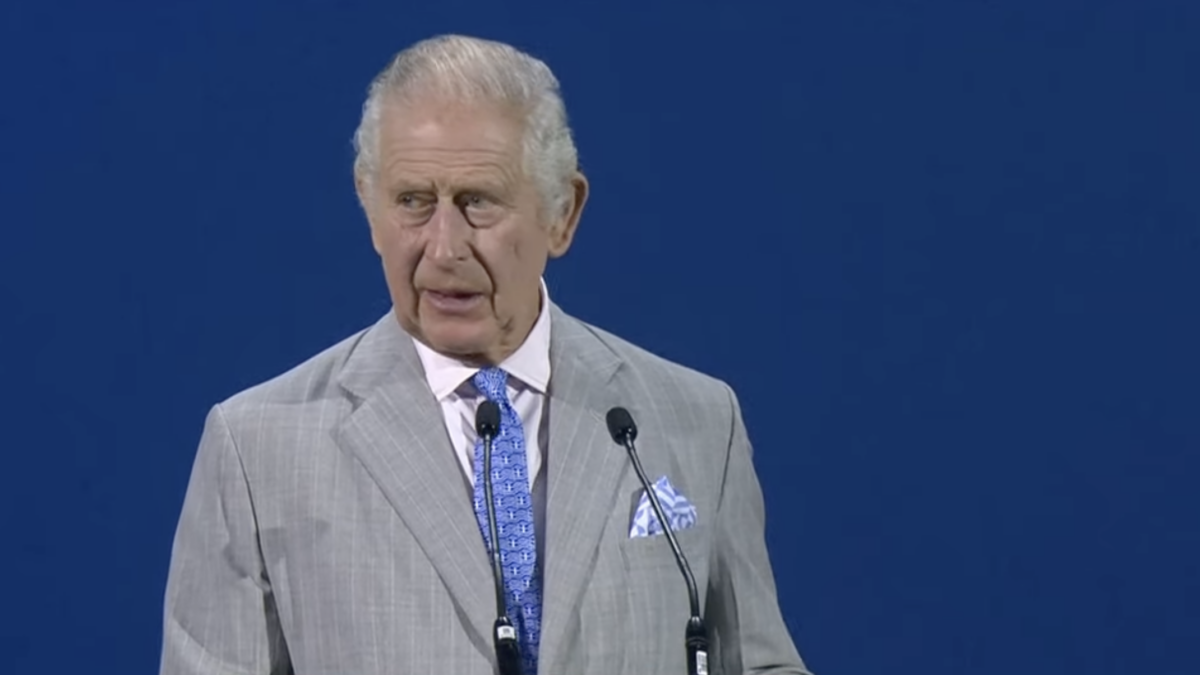The earth is warming and we’re all gonna die!
Is that a crude, exaggerated caricature of global warming alarmism? Yes, and it’s also the actual claim global warming alarmists are making. I can’t help it if they’ve become caricatures of themselves.
Hence the latest dire warning that we are, indeed, all going to die. Specifically, we are headed to a “mass extinction” in which most of life on Earth is going to be wiped out.
The potential losses of species are on a scale that is rivaled by only a few events in the last 500 million years of Earth’s history. Five times during that span, the majority of species on the planet vanished in a short interval of time. Scientists have now identified the triggers of two of those events: an asteroid that struck Earth 66 million years ago and wiped out dinosaurs and much more, and massive eruptions of volcanoes underneath Siberia that decimated the world 252 million years ago.
While the triggers for these two calamities were different, detailed study of what unfolded in the past reveals a common mode of destruction that is relevant to understanding our predicament today: in each case, mass extinction resulted from large and rapid environmental change on a global scale. Indeed, the main weapons of mass destruction unleashed by the Siberian eruptions included enormous quantities of the very familiar climate-changing gas carbon dioxide. The great concern of scientists today is that the potential global temperature changes projected over the next century approach those that took place 252 million years ago.
The article is biologist Sean B. Carroll’s attempt to flog his Smithsonian Channel documentary “Mass Extinction: Life at the Brink.” Based on this article, it’s beginning to sound a lot like one of those “finding bigfoot” documentaries: long on exciting visuals and breathless speculation, short on hard facts and firm scientific principles.
For example, as evidence of today’s supposed mass extinction, he cites the sharply declining number of lions in Africa. Does anyone think this has anything to do with climate change? It is clearly a result of economic development in Africa, which inevitably means the encroachment of humans into the domains of dangerous wild animals.
But citing a factor like that doesn’t serve the environmentalists’ propaganda goals, because it involves wealthy Westerners asking Africans to continue to live in poverty, and that’s not the kind of PR image the greens want to put forward.
Or consider Carroll’s claims that “potential global temperature changes projected over the next century approach those that took place 252 million years ago.” Well, “potential” is a pretty elastic term. It can easily mean, “the wildest speculation I can come up with.” The estimated climate changes in the Permian-Triassic Event 252 million years ago were a 2,000 parts per million increase in atmospheric carbon dioxide levels—five to ten times today’s levels—and a 14°F (8°C) rise in temperatures. This is well above the most alarmist projections for the coming century, and even farther above any actual temperature increase, seeing as how there has been no such increase for the past 17 years or so.
To add an extra dose of comic opera to the whole thing, the image that accompanies Carroll’s article is borrowed from the 2004 film The Day After Tomorrow, in which the effect of global warming is demonstrated by showing New York City covered in snow. (Those are icicles on Lady Liberty’s crown.) Because we all know that advancing glaciers are the best way to dramatize global warming.
Behind all of this, there is another, much bigger problem. The concept of “mass extinction” implies a withering up of the Earth as it is rendered barren by some vast catastrophe. The Permian-Triassic Event, for example, resulted in a “coal gap”—a geological layer in which there are no fossil fuel deposits because there was not enough vegetation to be turned into fossils.
But that’s the exact opposite of what is happening today. Matt Ridley recently pointed out that a NASA scientist has developed a “Normalized Difference Vegetation Index” that uses satellite data to “map global vegetation changes.” The results confirm that the Earth is greening: “Between 1982 and 2011, 20.5% of the world’s vegetated area got greener, while just 3% grew browner; the rest showed no change.” And it’s happening because of carbon dioxide and global warming: “human use of fossil fuels has been causing the greening of the planet in three separate ways: first, by displacing firewood as a fuel; second, by warming the climate; and third, by raising carbon dioxide levels, which raise plant growth rates.” You may remember from grade school biology that carbon dioxide is fuel for plants. Put more of it in the atmosphere, and plants grow more quickly.
This is a big story, and it could probably be made into at least as visually interesting a documentary as Carroll’s speculative “mass extinction.” But it would not accomplish the same political ends, so our modern breed of scientist would rather go off on a fruitless hunt for that rare sub-species of Sasquatch known as “bigcarbonfootprint.”
Follow Robert on Twitter.









